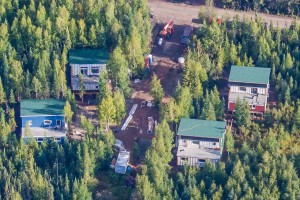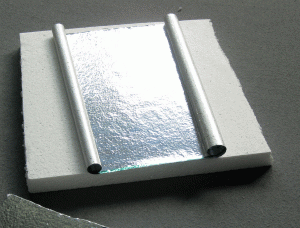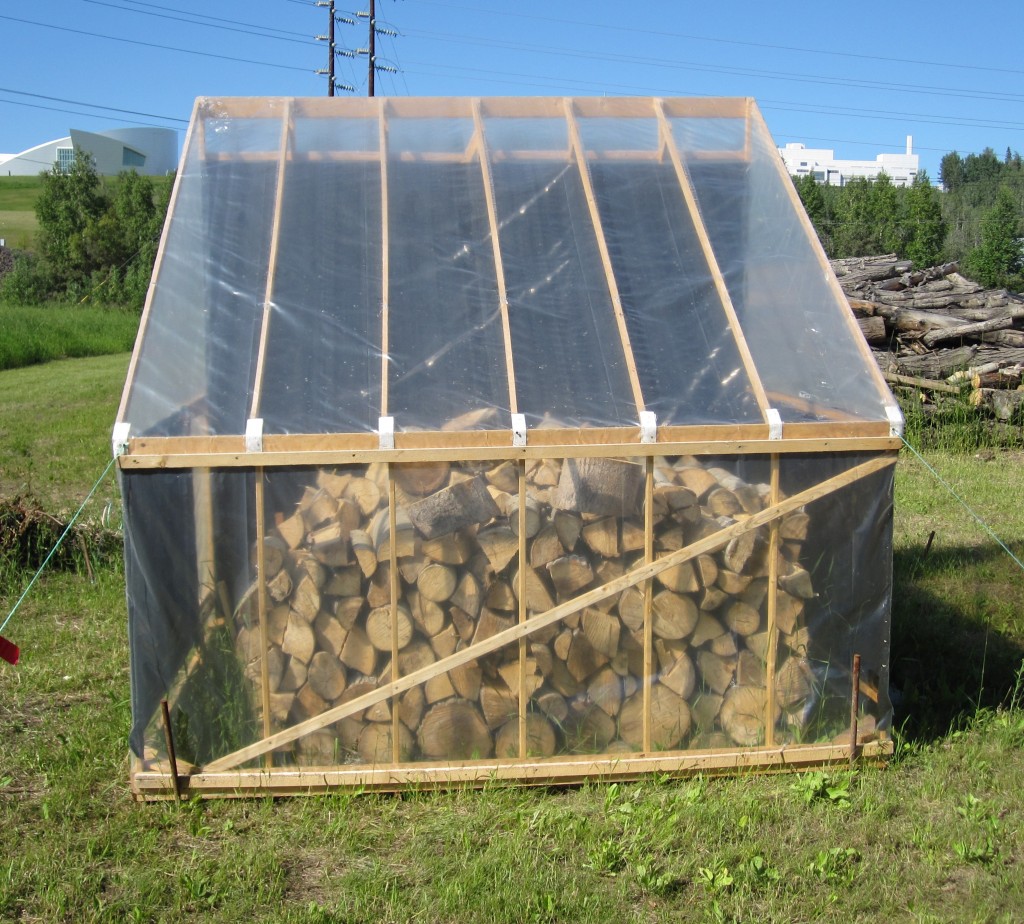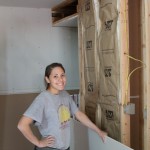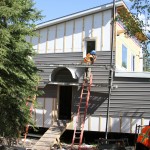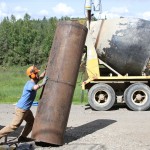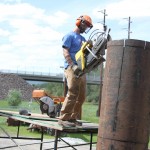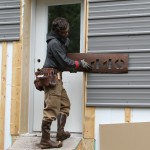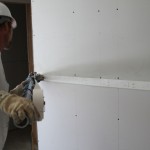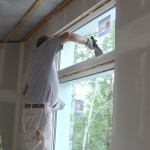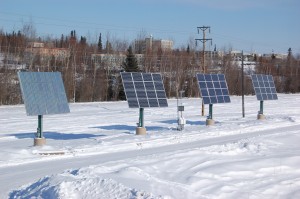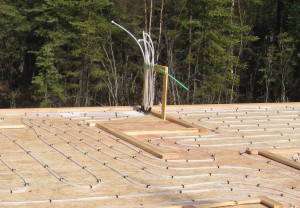
Adding glycol to your hydronic heating system is one way to boost the frost protection of your heating system, but first consider if it’s a good match for your system.
Every winter, several days of sustained cold temperatures tend to produce their share of frozen pipes. In the long term, the best way to protect water pipes is by addressing the source of the problems rather than the symptoms. This means insulating and air sealing the walls, floor, foundation or other cold spots that are putting those pipes at risk in the first place. If necessary, consider rerouting water lines to ensure they stay in heated space.
When it comes to the hot water (hydronic) heating system, solutions may not present themselves as readily. In many instances the piping may be inaccessible such as in concrete slabs, or the freezing risk may be too great if a mechanical breakdown occurs. In such cases, bolstering a heating system’s frost protection with glycol may present the best option. Although glycol is quite effective at keeping pipes from freezing, its use does have some important considerations as it has properties that differ from those of water.
For residential heating systems, propylene glycol is most often used as it is non toxic and environmentally friendly. Even so, make sure the glycol is compatible with your particular system and that it contains the proper additives. Typically, an experienced plumber will perform an inspection and decide what changes your particular heating system may require to make it compatible with glycol. Water hardness, the presence of chlorine and other impurities, and the metals used in the system (such as aluminum), can alter the system requirements and the additives in the glycol.
In some cases, a system where glycol has been added may experience weepage. Simply put, this means that marginal areas such as weak solder joints, pipe threads and other fittings that didn’t leak before may experience some leakage with glycol in the system. If leaks occur, they will need to be addressed. Fluid treated with glycol will expand to a greater degree and your expansion tank may need to be upsized. Also, since glycol does not transfer heat as well as water, depending on the amount in the system, this may result in a noticeable loss of system efficiency and a corresponding increase in heating cost. Ideally, glycol should be tested every year or two to ensure that its performance hasn’t degraded. Test kits are available at plumbing stores, or a plumber can test the system as part of routine boiler maintenance. In a properly operating system, glycol can last 10 years or more.
Along with the considerations mentioned above, glycol is an investment and introducing it into a system carries significant expense. Consequently, not every home may see the benefit and many have done fine without it for years, however there are times where it is the best solution for freeze protecting a heating system. Because every case is unique, what matters most is an experienced plumber is there to judge, inspect, and if needed, add glycol to the system to ensure the best possible performance with the fewest complications.
